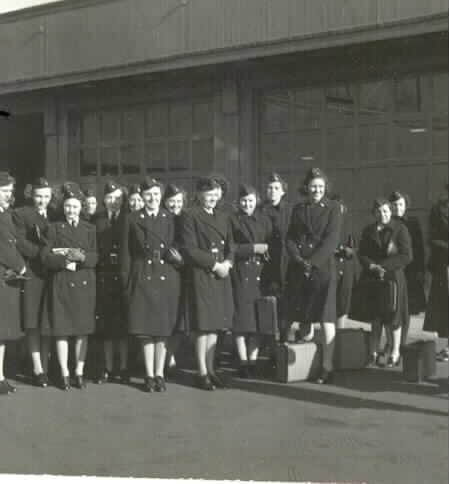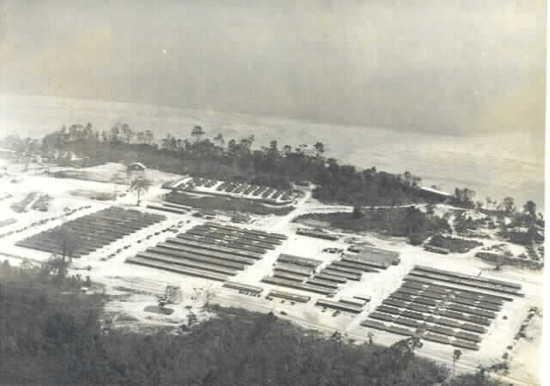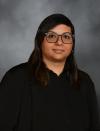By on November 16, 2012 - 6:25am

A new exhibit has been installed in the 1300 York Avenue Lobby honoring the 70th anniversary of the Ninth General Hospital, which was organized by New York Hospital during World War II.
In October 1940, George Heuer, chairman/chief of the Department of Surgery received a request from the Secretary of War to reestablish the Ninth General Hospital. The New York Hospital also operated Base Hospital No. 9 in France during World War I. Two years later in July 1942, the Ninth General Hospital was called to active duty. Several doctors and nurses mostly from New York Hospital joined up to serve. The doctors went sent for military training at Fort Andrews, MA; while, the nurses went to Fort Devens, MA. The doctors trained the enlisted men as orderlies, nurses' aides, and technicians. The nurses worked at the Station Hospital at Fort Devens. Along with the nurses were dietitians, physical therapists, and red cross workers. It was a long tedious wait to be called oversees.
Finally in July 1943, they were given the order to go oversees to serve in the South Pacific. The doctors and nurses met in Boston where they boarded a large troop train headed to Stoneman Camp near San Francisco. It was the longest troop train at that time. They arrived in California where they boarded the ship SS David Shanks to take them to Brisbane Australia. 
Once the Ninth General Hospital personnel arrived in Brisbane, Australia, they thought they would be taking over a brand new hospital in Australia. Instead that hospital was given to the University of Maryland unit, and Ninth General Hospital was assigned to Goodenough Island, off the coast of New Guinea. 
In October 1943, the doctors and enlisted men went ahead to establish the hospital on this island. They arrived in pouring rain and marched from the ship to the large field where the hospital was to be built. It took them about six weeks to construct the hospital buildings including the telephone, electricity wires, and sewers. While the hospital was being built, the nurses stayed in Australia and worked at various hospitals in the area, or they were sent to other military hospitals in India, Egypt, Russia, and Africa. In December 1943, a few nurses arrived with the balanced arriving January-March 1944. The hospital suffered a setback in January 1944, when a monsoon hit and knock down six wards. Soon after the monsoon, a scrub typhoid fever broke out and several people became ill and 8 people died. The hospital served military units that were training on the island and as well as wounded soldiers. The hospital had orthopedic, ophthalmology, and otolaryngology clinics for outpatients. They also had departments for anesthesia, neurosurgery, gynecology, urology, plastic surgery, general surgery, and dental services. This hospital never saw many patients since it was away from the main battle zones. When they left the island, the hospital buildings were burned.

In August 1944, the Ninth General Hospital was ordered to go to Biak Island, which was closer to the South Pacific front. As before, the doctors and enlisted men went first to Biak Island, where they discovered that the Japanese was on the island and using the buildings they were planning to use as their hospital. Again the hospital had to be built by scratch. The nurses were dropped off at Hollandria, New Guinea until the new hospital was built. This hospital saw more action in war causalities. One exciting event was the capture of a Japanese soldier by Preston Wade, who found the starving Japanese soldier in the woods near the hospital compound.
In August 1945, some of the doctors were ordered to the Lingyen Gulf in Luzon, Philippines, however the war ended. After the war the Ninth General Hospital personnel were mustered out in Manila or transferred to another military hospital. The name Ninth General Hospital was given to a regular military hospital unit in Okinawa, Japan.
Many doctors who served in this hospital returned home to become prominent doctors at our medical center: including Frank Glenn, chairman/chief of Department of Surgery (he also served with the sixth army), Preston Wade, head of the trauma unit and one of John Kennedy's physicians, George Eagan, head of dentistry, and Bruce Webster, venereal disease specialist. The nurses included, Muriel Carbery, who became the dean of the Cornell University-New York Hospital School of Nursing.
Blog Category: News and Announcements




